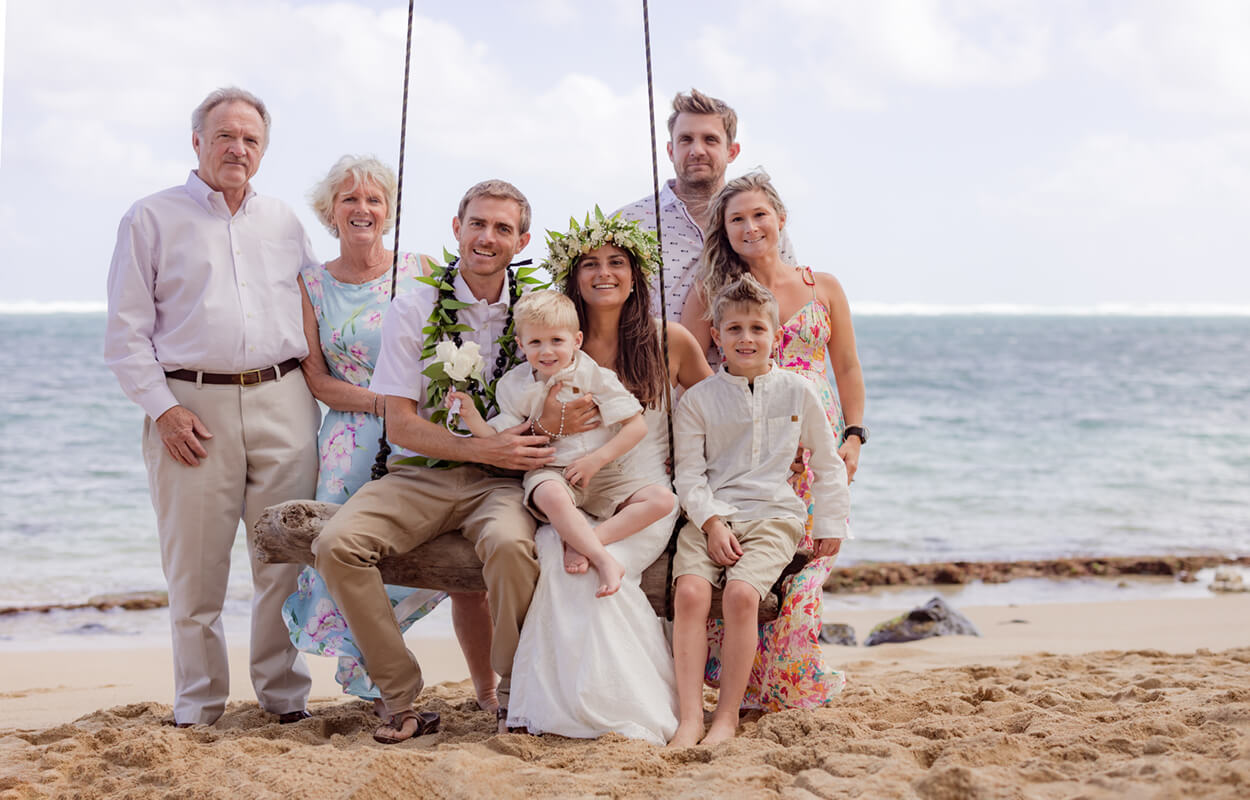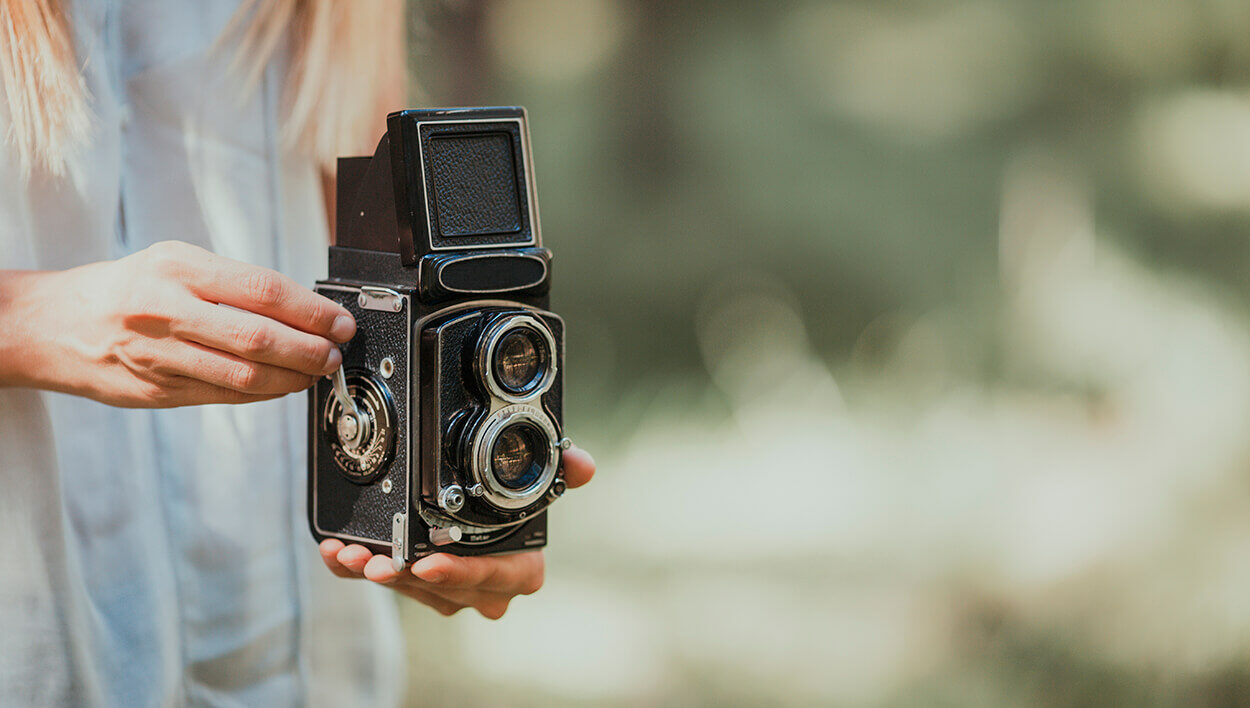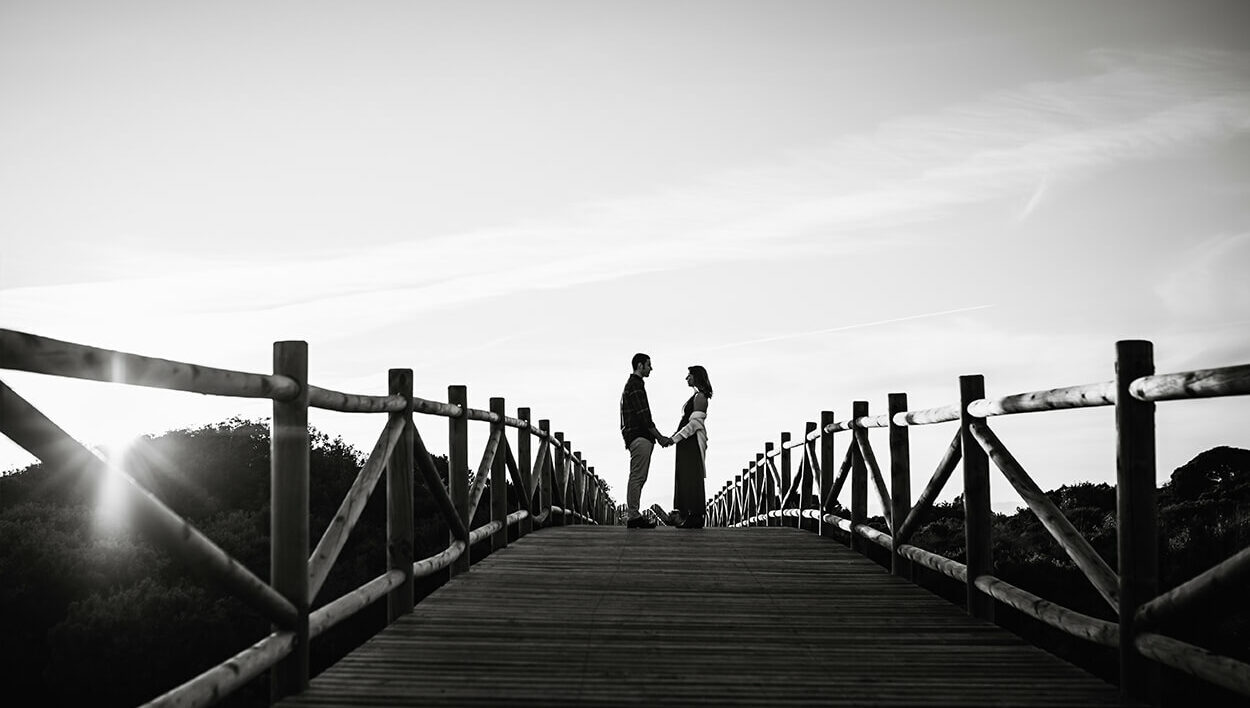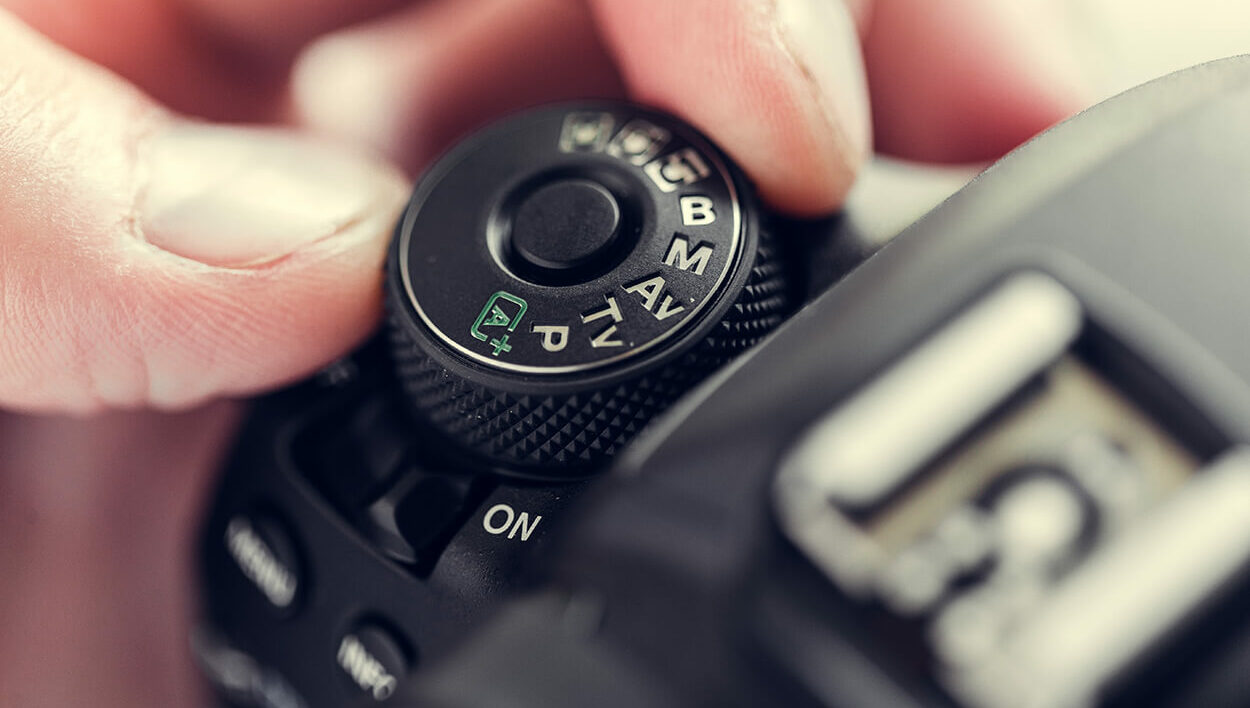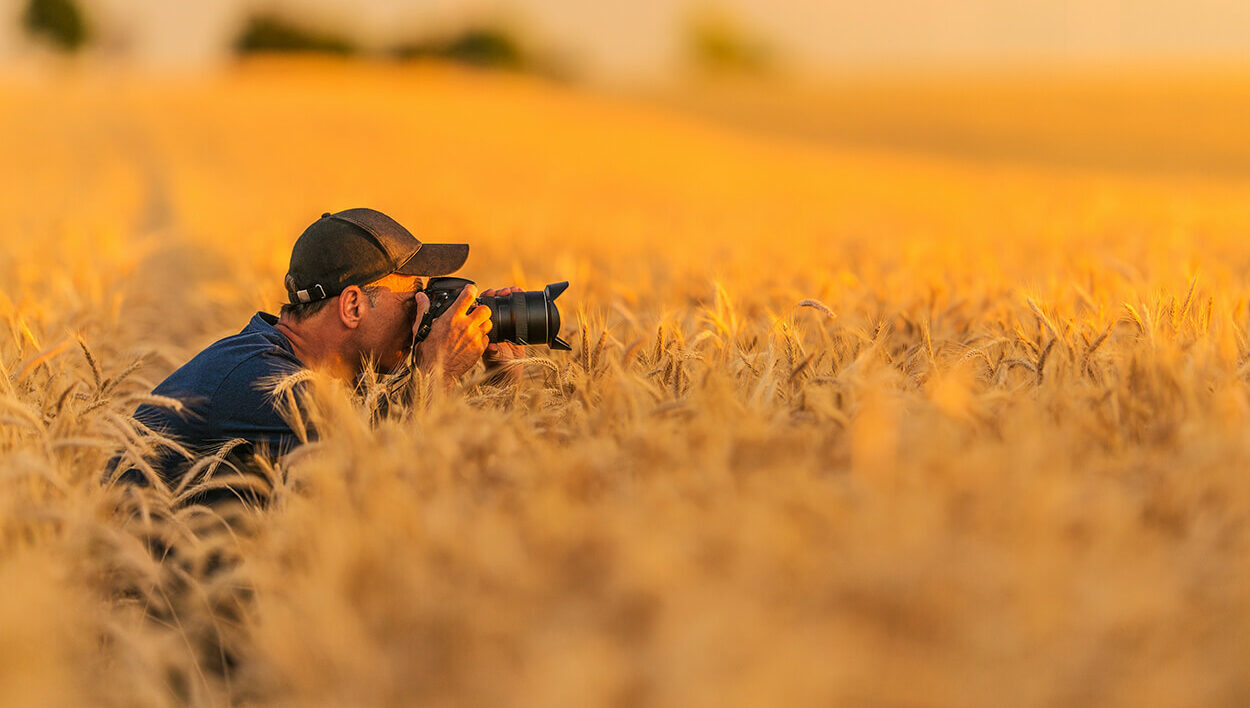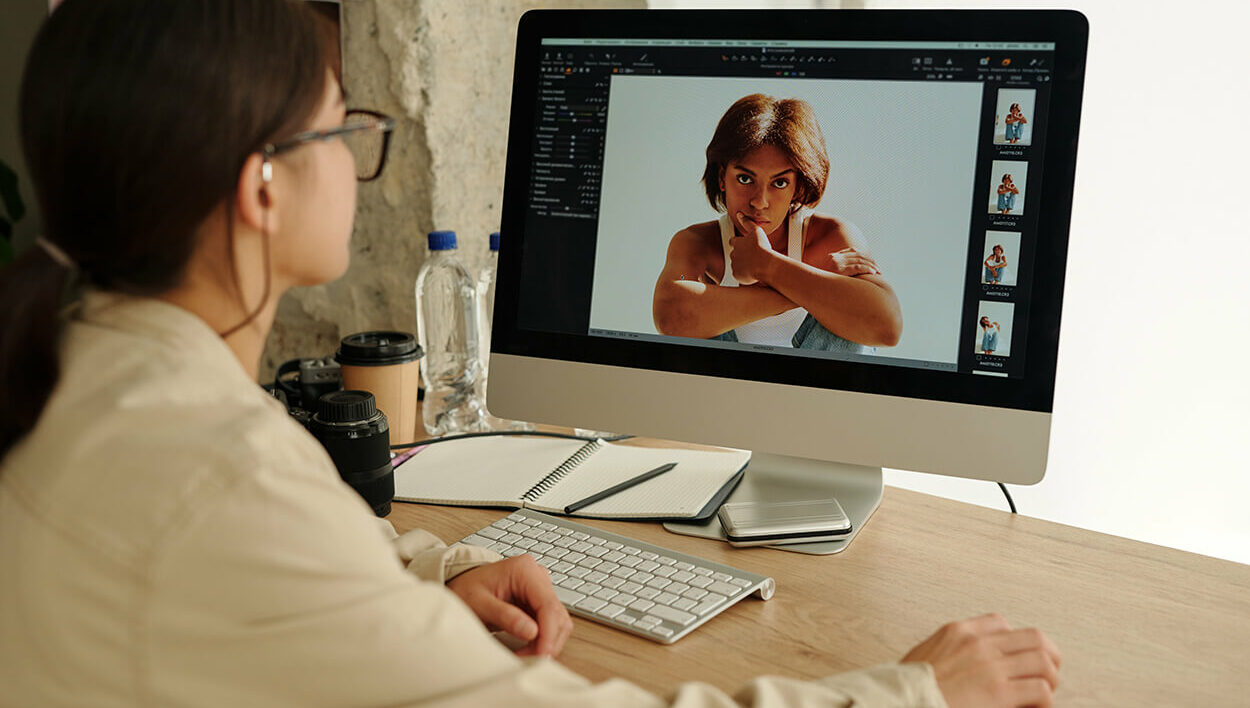Photo Editing Tips
As a wedding photographer, consistency is the key when editing a wedding gallery. Pay special attention to maintaining a consistent exposure, white balance, cropping/straightening, and editing style throughout the gallery for a polished and cohesive look.
Utilizing wedding photography presets can save you significant time in post-production, as the heavy lifting of balancing tones and curves has already been done. This becomes crucial when shooting multiple weddings annually.
Straightening the image can help convey the message more clearly by preventing the viewer’s eye from wandering and minimizing distractions. Cropping allows you to remove any unnecessary space around the subject, ensuring the subject is the focal point.
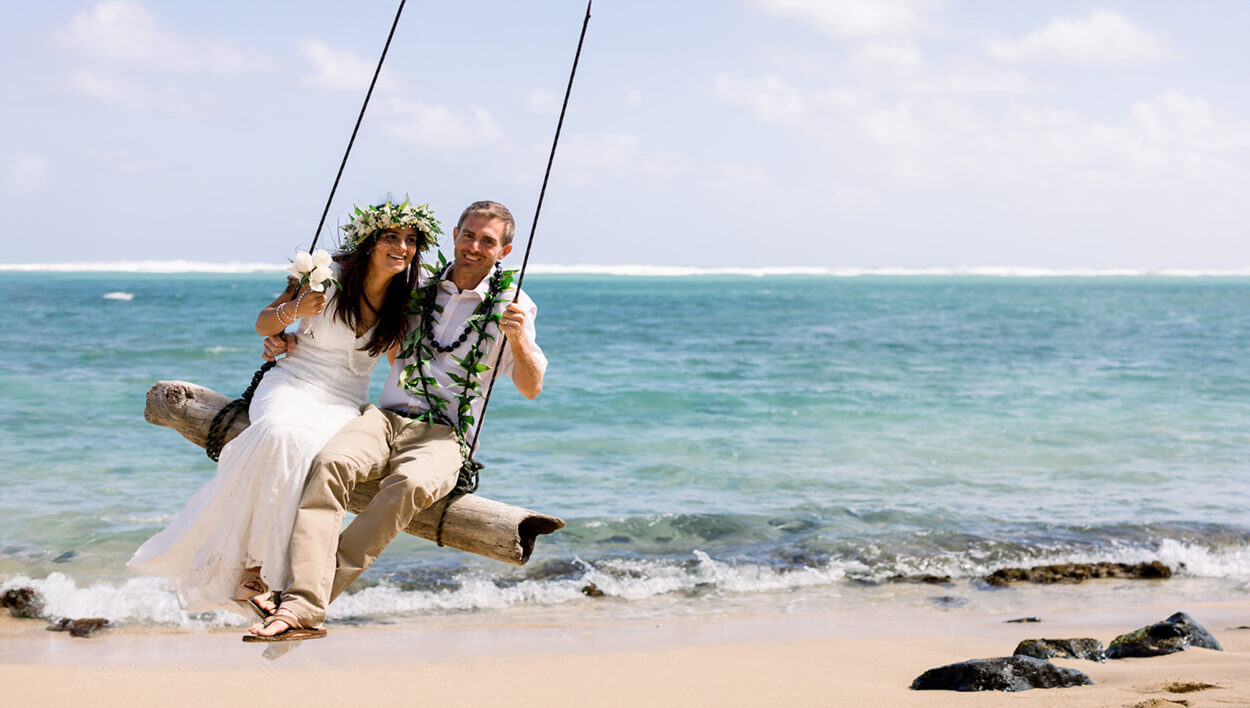
The mood you aim to achieve, whether bright and airy or moody and cinematic, can be determined by how you expose the image. Shooting in the RAW format gives you the flexibility to adjust the exposure during post-processing if you can’t nail it in-camera on the wedding day.
Proper white balance is crucial, as it can significantly influence the overall look. Adjust the white balance to a neutral or slightly warmer tone until the skin tones appear correct.
When editing, consider two key factors:
- 1) Where do you want the viewer to look?
- 2) How can you minimize distractions?
Use adjustment brush masks to dodge and burn specific areas, guiding the viewer’s eye to the desired focal point. Add a subtle vignette to further draw attention to the subject. Remove any unwanted objects or distractions to convey the message more clearly.
Organizing and Delivering Photos
After investing countless hours in capturing memories and editing, choosing the right photo delivery method is crucial for both you and your clients. Popular options include photo albums, custom thumb drives, and online photo galleries.
Online photo galleries have become the most popular way to deliver photos to clients, with various photographer-friendly websites offering the necessary tools. Platforms like Pic-Time, Pixieset, and ShootProof allow you to create and share personalized galleries, upload directly from Lightroom, sell prints, and manage your business efficiently.
Custom thumb drives offer a tangible version of the couple’s wedding photos, providing a personalized experience, albeit with additional costs.
Creating Albums and Print
Photo albums are a cherished way to preserve precious wedding moments, offering a hard copy experience that a digital screen cannot replicate. Consider offering albums as an option to your clients.
When designing wedding albums, the goal is to tell a cohesive story through the images. Start by selecting the best photos that capture the essence of the day, and arrange them in a narrative flow. Utilize design techniques that highlight your photography style and the couple’s preferences.
Programs like Pixellu Smart Albums streamline the album creation process, offering preset book dimensions, drag-and-drop layouts, online proofing for client revisions, and seamless printing integration. Follow a step-by-step workflow, from adding images to designing spreads, exporting for proofing, making revisions based on client feedback, and finally sending the album for printing.
Conclusion
Throughout this guide, we’ve traversed the intricate journey of wedding photography, from the foundational understanding of different styles and technical precision to post-production finesse. By exploring various aspects of this art form, we aimed to not only showcase its depth and diversity but also to equip you with the knowledge and practical tips needed for capturing moments that echo with emotion and resonate with beauty. The essence of wedding photography, as revealed through these pages, lies in its ability to tell a story — a visual narrative of love, joy, and the coming together of lives.
The journey from pre-wedding preparations to the post-wedding workflow underscores the pivotal role of a photographer in wedding storytelling. It’s an endeavor that demands not just technical skills but an empathetic and creative approach to each unique celebration. Whether it’s the subtleties of lighting and composition or the dynamics of interacting with guests and clients, the guide has endeavored to present a holistic view. As you move forward, let these insights inspire you to create beautiful, lasting memories for your couples, all while pushing the boundaries of creativity and excellence in your wedding photography adventures.
FAQs
What aperture settings are recommended for wedding photography?
For wedding photography, it is generally advised to use an aperture between f/2.8 and f/4.0. However, if you need to let in more light, you can opt for a wider aperture such as f/1.4. For shutter speed, use 1/60 to 1/200 seconds when using a flash, or maintain a speed above 1/250 seconds to avoid motion blur. ISO settings can range from 800 to 3200, depending on your camera’s capabilities.What are the key elements of effective wedding photography?
Effective wedding photography primarily consists of well-composed, informative images that contribute to the storytelling of the event. While simple photos like those of floral arrangements or family at the altar might not be award-winning, they are essential for documenting the occasion comprehensively.
How can one excel in wedding photography?
To master wedding photography, consider these tips: Establish safeguards to protect your work, avoid distractions, use lighting creatively, explore new perspectives, utilize off-camera flash, compile a family photo wishlist, familiarize yourself with popular wedding blogs, and practice with engagement shoots to refine your skills.
How can I make my wedding photos look professional?
To achieve a professional look in your wedding photos, follow these editing tips: Calibrate your monitor for accurate color correction, apply presets for consistency, straighten and crop images for better composition, adjust exposure, white balance, and tint for optimal lighting, use adjustment brush masks to enhance details, apply vignetting for focus, and remove any distracting objects from the background.

